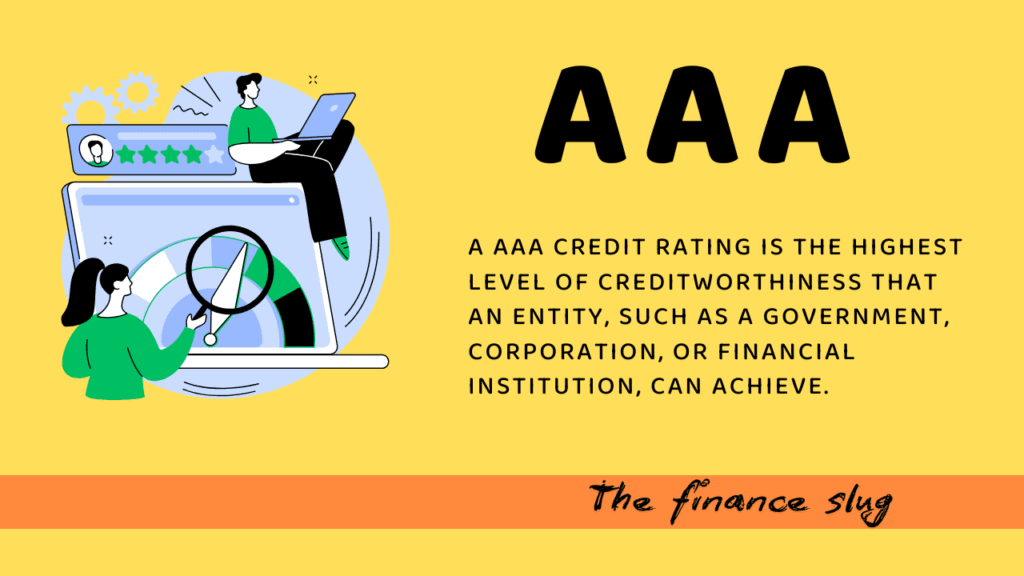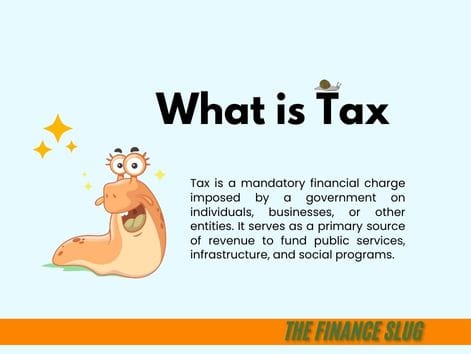
A AAA credit rating is the highest level of creditworthiness that an entity, such as a government, corporation, or financial institution, can achieve. It is assigned by top credit rating agencies like Standard & Poor’s (S&P), Moody’s, and Fitch Ratings. This rating reflects the entity’s exceptional ability to meet its financial obligations and signals minimal risk for investors and lenders.
Just like credit cards offer benefits to users with good credit scores, entities with AAA credit ratings enjoy significant advantages in borrowing and financial trustworthiness. Explore how credit cards work and their impact on financial health.
For example, if a company or government holds a AAA rating, it means they are highly reliable in repaying loans or interest on bonds without defaulting. Investors consider these entities as safe options for their money, while lenders offer them favorable borrowing terms, such as lower interest rates.
What Are Credit Ratings?
Credit ratings are evaluations of an entity’s ability to repay its debt on time. These ratings, assigned by credit rating agencies like Standard & Poor’s (S&P), Moody’s, and Fitch Ratings, act as a “financial report card” for companies, governments, and bonds.
Types of Credit Ratings:
- Sovereign Credit Ratings:
These ratings evaluate a country’s ability to repay its national debt. Sovereign ratings are crucial for determining a nation’s credibility and influence international borrowing rates and foreign investment inflows. - Corporate Credit Ratings:
These assess a company’s financial health and its ability to repay loans or meet obligations. They help lenders and investors determine whether a business is a risky or safe choice for funding. - Bond Credit Ratings:
These focus on individual debt instruments, such as government or corporate bonds. A bond’s rating indicates how likely investors are to receive their principal and interest payments on time. - Municipal Credit Ratings:
Assigned to local governments or municipalities, these ratings are used to evaluate the creditworthiness of public projects, like building schools, roads, or water systems.
Benefits of AAA Credit Rating
AAA ratings provide significant advantages for borrowers and investors:
- Low Borrowing Costs:
Borrowers with a AAA rating can secure loans at lower interest rates because lenders view them as low-risk. This allows them to save significantly on borrowing costs over time. For example, a government with a AAA rating can fund public projects without incurring excessive debt burdens. - Investor Confidence:
Investors feel more secure about investing in bonds or entities with a AAA rating. This confidence comes from knowing that the borrower is unlikely to default, ensuring their investment is protected. - Economic Stability:
A AAA rating signals that the borrower, whether it’s a country or a corporation, has a strong and stable economic position. This attracts foreign investments and partnerships that further boost economic growth. - Global Recognition:
Entities with AAA ratings earn a prestigious reputation globally, making it easier for them to collaborate with international partners and attract capital from diverse markets. - Consistent Returns for Investors:
AAA-rated bonds are considered safe investments. While their returns may not be as high as riskier assets, they provide reliable and predictable income, especially for risk-averse investors.
Who Assigns AAA Credit Ratings?
Credit ratings are assigned by specialized agencies that evaluate various financial and economic factors. The three most prominent agencies are:
- Standard & Poor’s (S&P): Uses AAA for its highest rating, signifying maximum creditworthiness.
- Moody’s: Labels the top rating as Aaa, reflecting the entity’s superior ability to meet financial obligations.
- Fitch Ratings: Also assigns AAA as its highest rating, which demonstrates strong financial reliability.
Factors Considered for AAA Rating
To achieve a AAA credit rating, entities must excel in several areas:
- Strong Financial Position:
Entities need to show consistent revenue growth, high profitability, and manageable debt levels. A strong balance sheet reflects their ability to handle financial obligations. - Debt Repayment History:
Agencies look for a track record of timely debt payments. Missed or delayed payments can negatively impact creditworthiness. - Economic Stability:
For countries, factors such as GDP growth, low inflation, and steady employment rates contribute to achieving AAA ratings. For corporations, stable operations and market presence are key indicators. - Leadership Quality:
Competent management practices and strong leadership play a crucial role in maintaining financial health. Poor governance can lead to financial instability, impacting ratings. - External Risks:
Agencies assess exposure to risks like geopolitical tensions, market volatility, and global economic downturns. Minimizing these risks improves the chances of achieving a AAA rating.
Real-World Examples of AAA Credit Rating
- Countries with AAA Ratings:
- Germany: Known for fiscal discipline, strong industrial output, and a robust economy.
- Singapore: Praised for its prudent financial management and minimal debt levels.
- Corporations with AAA Ratings:
- Microsoft: Maintains its AAA rating due to its large cash reserves, market dominance, and consistent profits.
- Johnson & Johnson: Recognized for its diversified product portfolio, steady earnings, and strong financial discipline.
- AAA-Rated Bonds:
- Bonds issued by AAA-rated governments or corporations offer the lowest risk to investors and are often favored for secure long-term investments.
How Does a AAA Rating Compare to Other Ratings?
Credit ratings are typically assigned on a scale, with AAA being the highest. The scale may differ slightly depending on the rating agency, but it usually follows a hierarchy:
- AAA (Highest): Extremely strong financial health and negligible credit risk.
- AA+ to AA- (Very High): Still strong but with slightly more risk than AAA.
- A+ to A- (High): Good financial stability but more susceptible to economic fluctuations.
- BBB and Below (Investment Grade to Speculative): Higher risks, especially for entities rated below BBB, which are often called “junk bonds.”
Frequently Asked Questions (FAQs)
1. What does Aaa mean in rating?
Aaa is the highest credit rating assigned by Moody’s. It reflects exceptional financial stability and extremely low credit risk.
2. Is Aaa a good credit rating?
Yes, Aaa is the best credit rating possible, symbolizing maximum trustworthiness and reliability for investors and lenders.
3. Is AAA rating better than AA+?
Yes, AAA is better than AA+. While both ratings indicate strong creditworthiness, AAA represents the highest level of financial reliability.
4. What is Aaa Moody’s rating?
Moody’s Aaa rating is equivalent to the AAA rating assigned by Standard & Poor’s and Fitch. It signifies superior credit quality and the lowest risk of default.
Key Takeaways
- AAA credit ratings represent the pinnacle of financial reliability.
- They benefit borrowers by reducing borrowing costs and attracting investments.
- Achieving a AAA rating requires strong financial health and stability.
- Understanding credit ratings is vital for making informed financial decisions.
- AAA-rated companies, like Microsoft, are often key players in strategic decisions like mergers and acquisitions due to their financial strength.
By learning about AAA credit ratings, you can gain insights into how financial markets work, why trust matters in finance, and how governments and businesses maintain their reputations.







